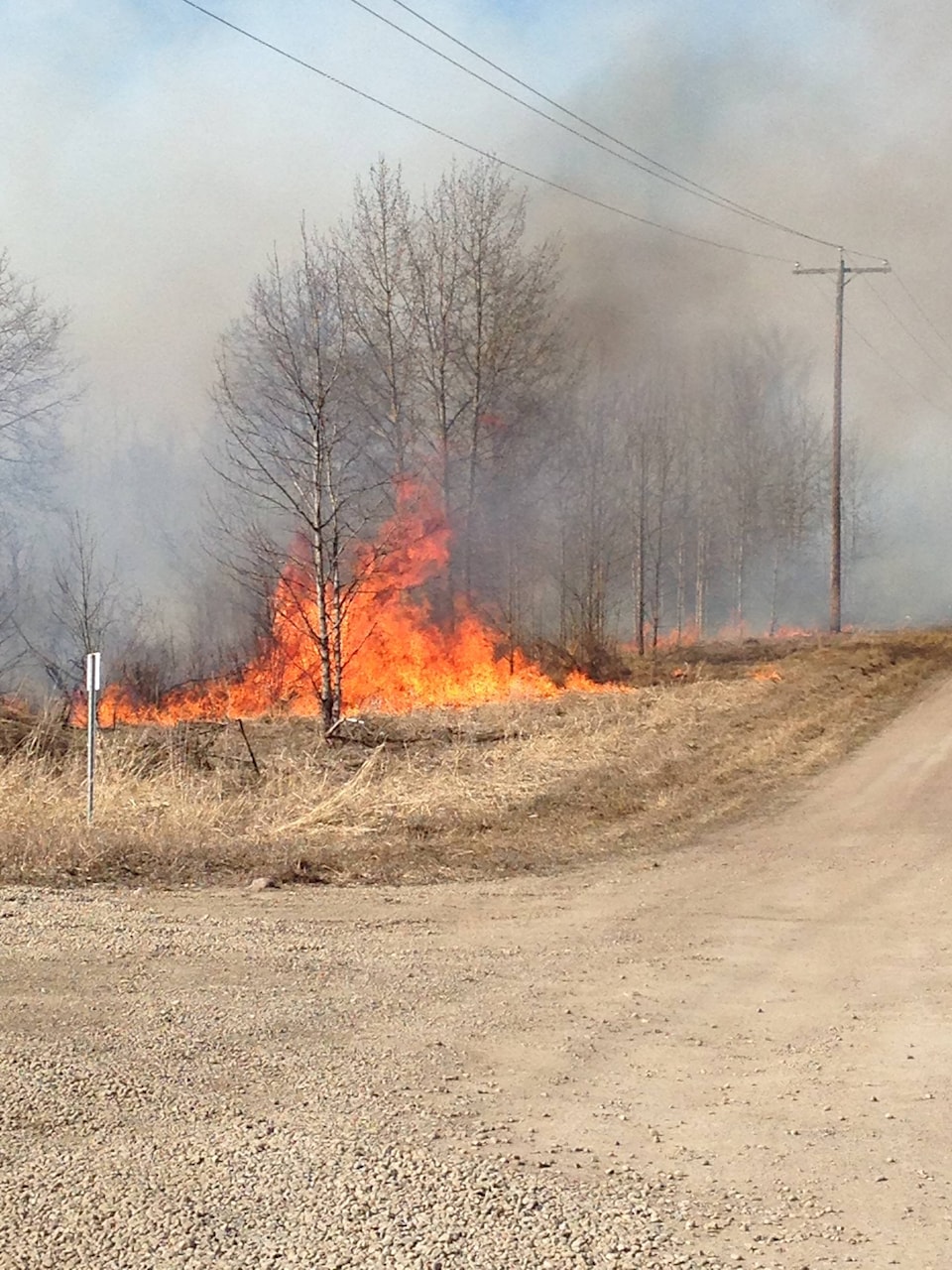An ounce of prevention is worth a pound of cure.
That was the main message at the March 26 town management meeting that discussed wildfire mitigation strategies for Ponoka County.
Ponoka County Regional Fire Chief Dennis Jones said it’s important to have fire prevention strategies in place during the fire season, which runs from March 1 to Oct. 31.
“Residents have an opportunity to do something to mitigate the risk. You just need to be aware of the opportunities and what you can do about it and we’re trying to create that awareness and educate the residents to be able to mitigate their own wildfire risk,” he said.
A fire study of the region conducted in November 2018 revealed that while no communities in Ponoka County are at extreme risk of fire, five — Poor Man’s Flats, Rimcrest Hills, Rimbey Ridge, Weiss and Jada Developments — were identified as high risk, Jones said.
Four communities — Raymond Shores, Meridian Beach, Deere Park and Meridian Country Estates — are considered to have issues related to emergency access and housing density.
To help with the education process, there will be booths at the Ponoka and District and Rimbey Chamber of Commerce trade shows April 12 to 13, to teach residents about FireSmart and 72-Hour Preparedness.
A national initiative, FireSmart is the concept that being prepared for wildfires is a shared responsibility.
It encourages residents to make choices to help protect their homes from wildfires, such as using fire resistant building materials, mowing and watering lawns and planting fire resistant plants.
Pruning tree branches and removing combustible trees, shrubs and long grass are also FireSmart strategies.
As part of the education process, in the spring and summer, door knockers will talk to residents about preventative strategies in the five high-risk subdivisions.
Jones said 72-Hour Preparedness is about making people prepared to be alone in an emergency for 72 hours before help arrives.
“Whether a wildfire cuts them off, or a hazardous event, maybe it’s flooding, or a winter storm, people need to be prepared. You can’t stretch emergency responders so thin, without taking onus on yourself and being prepared to the best of your ability.”
Being prepared, he explained, means having a sleeping bag, a candle, food and water and booster cables because even if you have a cellphone, it could be hours or two days before you are reached.
“People can die from grassland fires, just as they can from a bushland fire. It can kill livestock, it can kill people, it can destroy property. We might not have the same density of trees but we are in grassland province so wildfires are still a risk here.”
